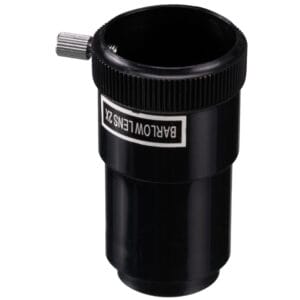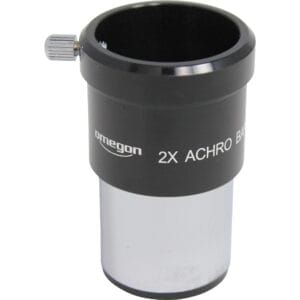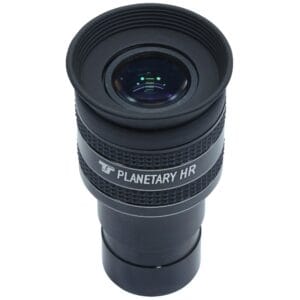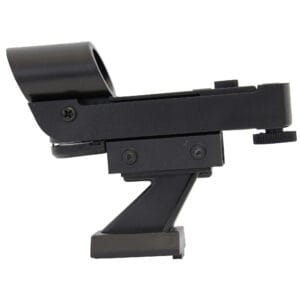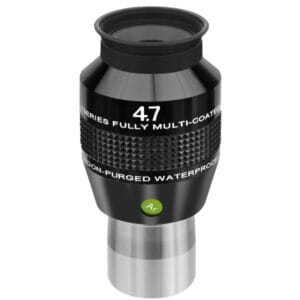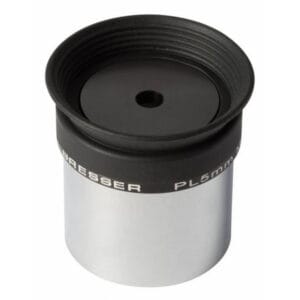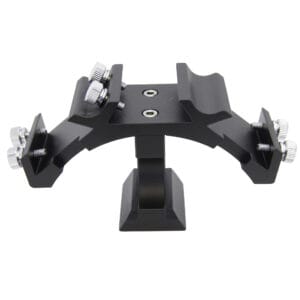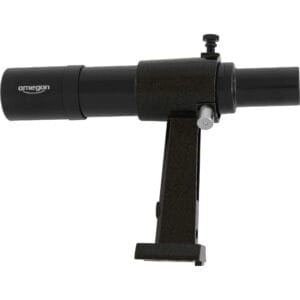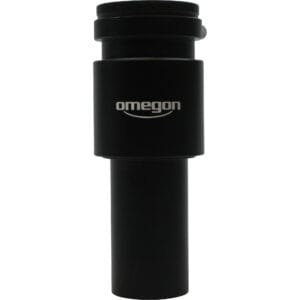Optics & image

Showing 1–20 of 202 resultsSorted by popularity
- € 69,00 Select options This product has multiple variants. The options may be chosen on the product page
- € 165,00 Select options This product has multiple variants. The options may be chosen on the product page
- € 73,00 Select options This product has multiple variants. The options may be chosen on the product page
Showing 1–20 of 202 resultsSorted by popularity
Optics & Image
Under Optics & Image you will find all the optical components that transform your viewing experience. Each lens, prism and corrector is designed to shape, magnify and remove distortions from light in the right way. Whether you want pure visual enjoyment or push the limit with astrophotography, with these accessories you will achieve maximum sharpness, contrast and flatness.
1. Eyepieces: the lens for your world
Eyepieces determine magnification, field of view and viewing comfort. Choose from:
Wide-angle eyepieces (70°-82°): wide field of view for nebulae and star clusters; ideal for seeing deep-sky objects in context.
Planetary eyepieces (5-15 mm): High magnification with narrow field of view for detail on the moon and planets; multi-element designs minimize chromatic aberration.
Zoom eyepieces: one lens, variable focal length; ideal if you don't want to change lenses but still seek flexibility with changing objects.
2. Diagonals & reversing lenses: ergonomics & performance
Diagonals invert the image and improve viewing comfort, especially with objects high in the sky:
Prism diagonals (90°/45°): extremely high light transmission (>98%) and compact construction; prism coatings optimize color fidelity.
Erector lenses: Indispensable for refractors in terrestrial use; provide upright image without lateral inversion.
3. Barlow & inverted lens: double your possibilities
With a Barlow lens, you are much more versatile in one fell swoop:
2× and 3× Barlow: easily magnifies any eyepiece by a factor of 2 or 3, without buying an additional lens.
Shorter reversal lens (erector): Retains focal length but reverses image for comfortable terrestrial viewing.
4. Reducers & Field Flatteners: flat and distortion-free
For photography, flatness of your field of view is essential:
Reducers: shorten the effective focal length, increase the actual field of view and let you expose faster.
Field flatteners: correct optical field-curvature, keeping stars in focus from center to edge of the chip.
5. Coatings, glass and mechanics
A premium optical chain balances multiple aspects:
Mehrlagige anti-reflection coatings: reduce reflection loss to <0.5% per surface and increase contrast.
ED and FPL glass: Minimize chromatic aberration, essential for sharp edges and pure colors.
Precision tolerances: < 0.05 mm clearance in focuser and adapter interfaces prevents image shift at high magnifications.
Delrin collar and CNC-machined aluminum: protect wear-sensitive anodization layer and ensure precise fit.
6. Installation and maintenance for lasting excellence
Backfocus measurement: Build your optical chain in advance on a flat table and measure the total distance between focal plane and sensor/eye plane.
Protection: use lens cap, dust cap and store eyepieces in foam-inlay bags or cases.
Cleaning: start with bellows and lens brush, for stubborn dirt work with microfiber cloth and optical cleaner; avoid alcohol-based products.
Collimation check: After mounting, always check your collimation with a Cheshire mirror or laser collimator, especially after transport.
Frequently Asked Questions about Optics & Imaging
Which eyepiece is best for deep-sky observation?
Choose a wide-angle eyepiece of 70°-82° with focal length around 20-25 mm for a wide field of view and good object contrast.How do I combine a Barlow with a zoom eyepiece?
Mount the Barlow before the zoom; this extends the entire focal range without losing zoom functionality.What is the advantage of ED glass in eyepieces?
ED (extra-low dispersion) glass minimizes chromatic aberration, keeping stars pointed to the edge.How do I choose between a 45° and 90° diagonal?
Use 90° for standing observations and planetary details; 45° is more compact and often more versatile at different elevation angles.Does a field flattener change my focal length?
No, a field flattener only corrects curvature; for adjustment of focal length you use a reducer.How much backfocus do I need for my reducer?
Consult manufacturer, usually between 55-90 mm; measure exactly to keep star shape and field plane correct.Can I clean my eyepieces with alcohol?
Only if the coating allows it; better is a pH-neutral optical cleaner and microfiber cloth.How do I store my eyepieces during transport?
Use foam-inlay tote bags or hard cases with individual compartments, and clean for storage.Is a zoom eyepiece suitable for astrophotography?
For visual use yes; for photography choose fixed focal lengths and field flatteners for consistency.What does ‘field curvature’ mean?
It is the curvature of the field of view that causes stars at the edge to become blurred or oval without flatteners.Why is multi-coating better than single coating?
Multi-coating reduces reflections across a wider spectrum and increases transmission through each lens plane.How much Barlow factor do I need?
For planetary observation, 2× is often sufficient; for very high magnifications (e.g. Mars), 3× or 5× can be used, if your seeing permits.Does a field flattener reduce sharpness in the center?
Well-designed flatteners preserve sharpness at the center and correct only edge effects.Can I stack multiple eyepieces for additional increase?
Not recommended: this leads to aberrations and amplifies curvature and coma.How do I combine diagonals with zoom eyepieces in refractors?
Place the diagonal first, mount the zoom after it; note backfocus shift.How do I safely clean lens coatings?
Start with blower, then soft cloth and a drop of optical cleaner, in circular motions.When do I choose a 2″ eyepiece instead of 1¼″?
For wider fields of view and brighter elements, provided your focuser supports 2″.What is the use of a reversal lens (erector)?
It rotates the image upright for terrestrial observations, with no lateral mirroring.How do I recognize worn eyepieces?
Look for scratches, blurred coatings and play in the eyepiece housing; replace if visible defects are present.Which order of accessories is optimal?
OTA → reducer/field flattener → filter wheel (if used) → Barlow (optional) → diagonal → eyepiece.

